To celebrate Diversity Awareness Month this year, we decided to craft a paper doll which you can customize and dress up with different costumes from all over the world. Of course the list is not finished and we have missed many beautiful cultures, but we have to start somewhere and we hope you enjoy dressing your dolls as much as we did.
Today we'll focus on the traditional dress of people from Samoa.
Headdress or Tuiga
A taupou was the unmarried daughter of the village chief. Her role as ceremonial hostess included performing the taualuga (traditional Samoan dance) and mixing the ‘ava (kava).
The taupou wore a headdress or tuiga made of gatherings of yellow (dyed) human hair. The hair of departed descendants was collected, washed, and lightened and added in consecutive layers. In past times, the head was seen as a vessel of mana (power), strength and life force, so that when someone wears a tuiga, they metaphorically epitomize the mana and identity of their ancestors.
The middle section consists of three pearl shells strung together with vegetable fibre cord, below this are three rows of nautilus shells.
The top of the headdress is made of three projecting spikes covered with fibre or possibly barkcloth, nautilus shells (fuiono) are attached to the outer spikes and red feathers decorate all three spikes.
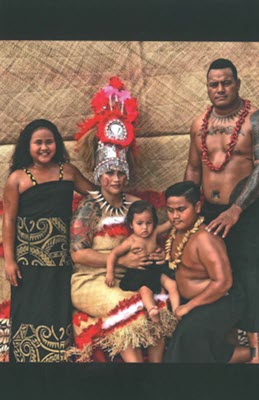
Modern tuiga are typically made as a single-piece “hat”, while traditional tuiga are comprised of four components:
- The nautilus shell headband (pale-fuiono)
- The vertical framework (lave)
- The sega feather ornament (ʻie ʻula),
- Strands of human hair (lauao)
The assemblage of all these valuable materials which were like ‘crown jewels’ in Samoa prior to European contact, designated the tuiga as a measina (treasure) of the highest order.
In old Samoa, the tuiga was always considered ‘oloa or “men’s products,” since Lele is traditionally credited as the first craftsman. Only recently did tuiga-making become a women’s practice as western, colonial opinion deemed items like feathers, locks of hair, seashells, and headbands to be “feminine.”
One oral tradition of how the tuiga came to be created speaks of a taupou called Vī, renowned for her beauty but cruel of heart. Her father the chief having had enough of her antics gave her one year to find a husband. Vī, figured if she set the criteria for her husband to an impossible standard, no one would fit the bill and she could continue to live out her days single to mingle, chillin’ like a villain.
She insisted that in order to have her hand, her future groom must:
- Be the handsomest man in all the land
- Be a tautai folau (navigator/ master seaman)
- Know her favourite seafood and present it to her fresh
Men came from far and wide hoping to be the one, but alas, handsome and talented navigators though they were, nobody could guess Vī’s favourite kaimoana.
After watching the steady stream rejected suitors day in and day out, an old but clever navigator from Manu‘a named Lele devised his plan. He approached one of Vī’s mistreated servants with a deal: “If you help me out Pepe, I’ll give you anything you want”. Pepe’s only want was to be free of the life of slavery to mistress Vī and so replied “the fish you need to catch is the tuʻuʻu ” (orange clownfish).
Although Lele was a master navigator and successful clownfish gatherer he needed to find a way to meet the “handsomest in all the land” criteria in order for Vī to choose him. The trouble was, Lele was far from the ideal beauty standards of the taupou Vī: he was a beady eyed baldy and his skin was tough and leathery.
Thinking fast, he husked a coconut and covered his baldness with a wig made from the brown husk fibres; he used sticks and seashells to make a flashy headdress with tall ornaments high above his head that took attention away from his unpleasant face and beady eyes; then he smeared himself in coconut oil to tone his leathery skin. Satisfied with his disguise, he threw a pair of tu‘u‘u into a basket and headed back to the village. To further disguise his presence, he waited until nightfall to approach Vī, full on the offerings of tu’u’u, was mesmerized by Leleʻs tales of the exotic places he had travelled to and his proposal was accepted.
Lele had an attractive bride-to-be and Pepe was freed from slavery. Their joy was short-lived, however, as someone had reported their trickery to Vī and her father. As punishment, Vī ordered the servant to marry Lele instead and return home with him at first light.
Arriving, Lele told the king of his adventure and how he succeeded in winning (and losing) the hand of the famous taupou, Vītaliutaolepaepae.
Amused, the king asked Lele to show him the disguise he had made and was quite pleased that the shabby costume was able to fetch him a wife. The king called the disguise a “tuiga” because it was “pieced together” and he wondered if this headdress would improve his own appearance, so he asked Lele to make another. This time Lele used the finest materials at his disposal -- turtle shell (una), gold-lipped oyster shells (tifa), and pearly nautilus (fuiono). Pepe replaced the coconut husk wig with locks of Vī’s beautiful hair that she had cut off before being banished to Lele’s homeland, added a carved comb (selu tuiga), and long red tava‘e feathers. The king was so delighted with the tuiga that he announced that despite its humble origins, the tuiga would forever be reserved for the sons and daughters of royalty and nobility.
Reference: Fitisemanu, J. (n.d.). ʻO le Tala o le Māfua’aga o le Tuiga’ - The Origin Story of the Tuiga. The Coconet.Tv. Retrieved September 7, 2021. From ʻO le Tala o le Māfua'aga o le Tuiga' - The Origin Story of the Tuiga — thecoconet.tv - The world’s largest hub of Pacific Island content.
Download, print and colour in your own paper dolls wearing tuiga using the templates below!
More about Samoa
If you want to know more about Samoan culture try reading these titles:
For kids
Find children's books about Samoa.
For adults
For kids: Books about traditional dress in different cultures
Try some of these books to explore the diverse world of clothing.
More books for kids about clothing and dress
Lorna Blackler
Linwood Library


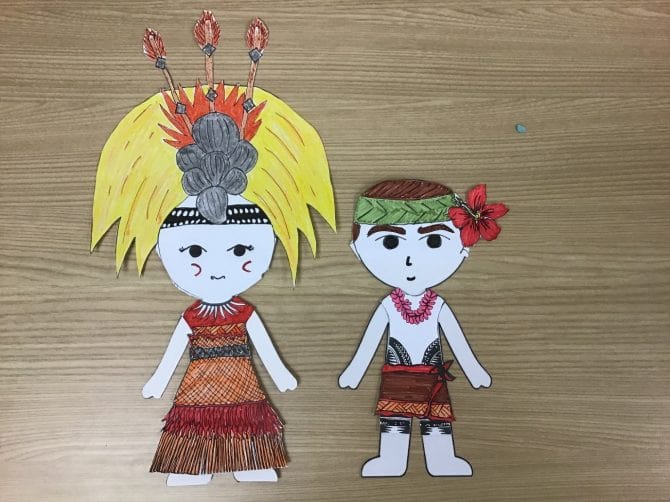
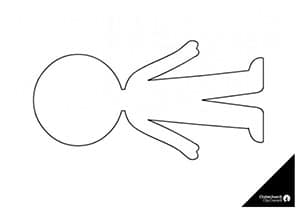
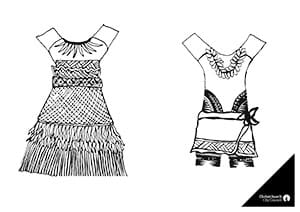
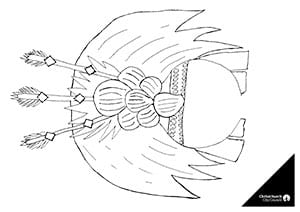
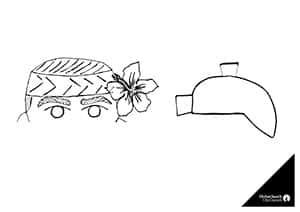
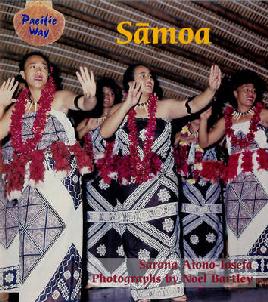

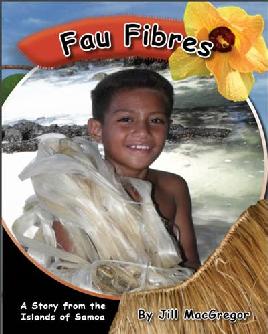
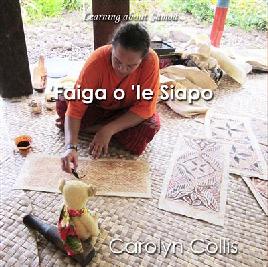
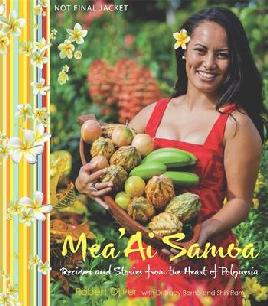
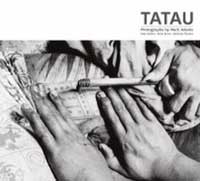

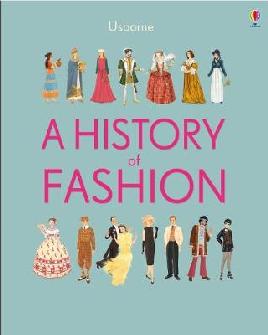
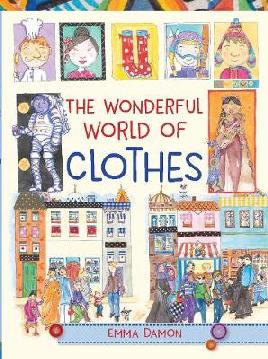
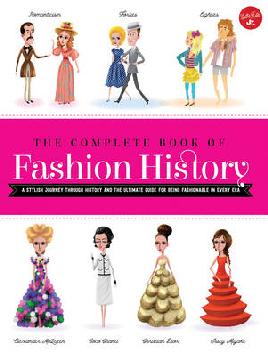
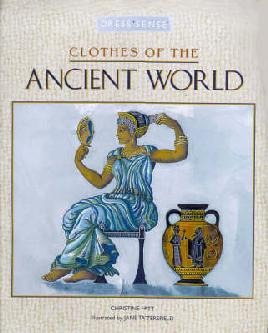

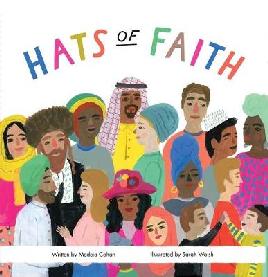
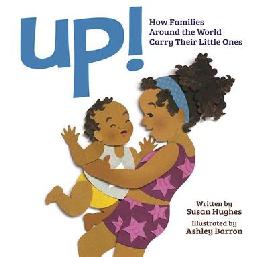

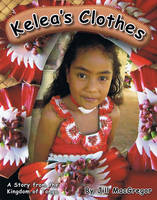

Add a comment to: Diversity Awareness Month paper doll craft: Samoa